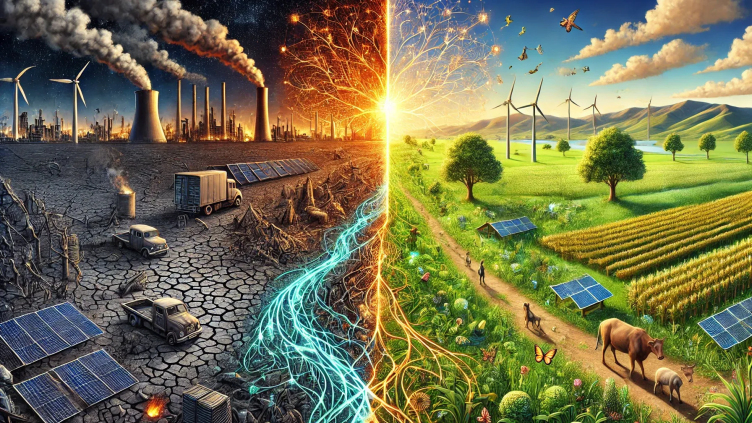What if AI could do more than just crunch numbers or automate tasks? What if it could help us build a greener, fairer, and more sustainable world? That’s exactly what Model Context Protocol (MCP) is making possible.
In my last article, I introduced MCP as a way to embed AI models into their real-world contexts—ensuring they’re not just smart, but also responsible and impactful. Today, I want to take this a step further and explore how MCP is bridging the gap between AI, sustainability, and ESG (Environmental, Social, and Governance) goals. Together, these elements are creating a blueprint for a better future—one where technology doesn’t just serve businesses, but also people and the planet.
Why ESG Needs AI (and Why AI Needs MCP)
Let’s face it: sustainability is no longer optional. Companies are under pressure to reduce their carbon footprint, treat workers fairly, and operate transparently. But here’s the challenge: traditional methods often fall short. They’re slow, expensive, and struggle to keep up with the complexity of today’s world.
This is where AI comes in. It can analyze massive amounts of data, spot patterns we’d never see, and predict outcomes with incredible accuracy. But here’s the catch: AI isn’t a magic wand. If it’s not designed with care, it can do more harm than good—like consuming huge amounts of energy or making biased decisions.
That’s where MCP steps in. It’s a framework that ensures AI models are built with their real-world context in mind. Think of it as a GPS for AI, guiding it to deliver solutions that are not just smart, but also sustainable and fair.
Here’s how MCP is helping AI tackle some of the biggest challenges in ESG:
1. Environmental Impact:
AI can help companies reduce their carbon footprint, but only if it’s designed to prioritize sustainability. MCP ensures that AI models are energy-efficient and aligned with environmental goals.
- A manufacturing company uses MCP-guided AI to monitor its energy use in real time. The result? A 20% reduction in emissions within the first year.
2. Social Responsibility:
AI has the power to improve lives, but only if it’s inclusive and equitable. MCP ensures that AI solutions consider the needs of all stakeholders, especially marginalized communities.
- A healthcare platform uses MCP to tailor its services to underserved regions, incorporating local health data and cultural practices.
3. Governance and Transparency:
Trust is the foundation of ESG, and AI can either build or break it. MCP ensures that AI models are transparent, auditable, and aligned with ethical standards.
- A financial institution uses MCP to create an AI-driven ESG scoring system that’s fair, unbiased, and easy to explain to investors.
Imagine a global coffee company that wants to achieve Net Zero by 2040. Here’s how MCP could help:
- Environmental: AI models optimize water and energy use across its supply chain, reducing waste and emissions.
- Social: AI ensures fair wages and safe working conditions for farmers, using local data to address specific challenges.
- Governance: AI automates ESG reporting, providing investors with clear, accurate, and real-time insights.
The result? A company that’s not just profitable, but also a force for good.
Of course, this isn’t a perfect system—yet. There are still hurdles to overcome:
- Data Gaps: Many regions lack the data needed to train effective AI models.
- Ethical Risks: AI must avoid bias and unintended consequences.
- Adoption Barriers: Some companies may resist change due to cost or complexity.
But the opportunities are huge. By working together—governments, businesses, and communities—we can create a future where AI and MCP drive meaningful, sustainable change.
The combination of AI, MCP, and ESG isn’t just a technical innovation—it’s a movement. It’s about using technology to create a world that’s not just smarter, but also kinder and more sustainable.
As we move forward, let’s embrace MCP as a guiding framework—one that ensures AI serves not just businesses, but also people and the planet.

